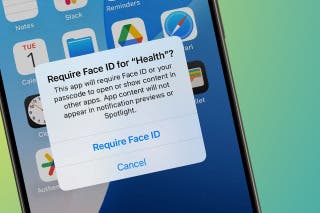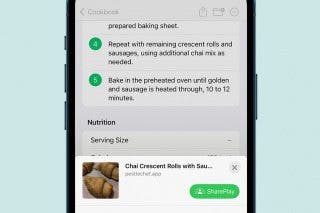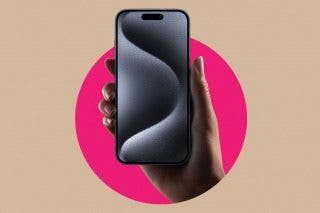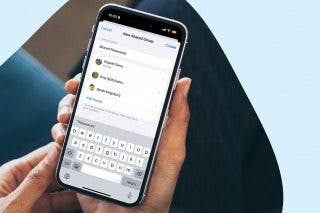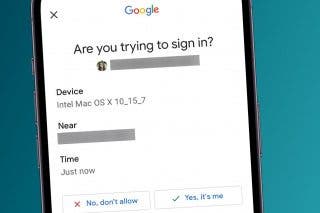Why Does My iPhone Say No SIM? Here Are the Top Fixes!
Start by troubleshooting common software bugs and issues to fix the "no SIM" error.


Don't rush to replace your iPhone or SIM card just because your phone says "no SIM" or "invalid SIM." These error messages can seem very serious, but don't necessarily indicate hardware damage. Sometimes the solution is incredibly simple, such as a software bug fixed by restarting your device or cleaning dust off of your SIM card. We'll cover the top solutions to get the SIM card on your iPhone or iPad working again.
Common Issues: Why Does My iPhone Keep Saying No SIM?
What does a SIM card do? Essentially, a SIM card is what makes your iPhone a phone. SIM stands for Subscriber Identification Module, and is a tiny memory card that contains identifying information such as your phone number, billing details, and cellular provider. Your SIM card allows you to connect to your carrier's mobile network so you can send and receive text messages and make phone calls.
What Does No SIM Mean?
If you have the "no SIM" error, it is because your iPhone or iPad is no longer detecting the SIM card inserted in the tray. This can happen for several reasons, such as a software glitch or dusty SIM card. In some cases, your SIM card or the surrounding hardware might be damaged, in which case you'll need to take it in to your carrier or Apple Store to get it serviced.
Can I Use My iPhone without a SIM Card?
Even if your iPhone says no SIM, you can actually still use your iPhone for many things. As long as you're connected to Wi-Fi, you can still browse the internet and will be able to call and message people through apps such as WhatsApp and Facebook Messenger. However, you still won't be able to text and call through your cell phone carrier, which is important! If you're encountering an error that says "no SIM" or "Invalid SIM", follow the troubleshooting steps below to test and resolve the issue. In many cases, you will be able to fix your SIM card issue with one of the simple resets below.
Common Fixes: SIM Card Not Working on iPhone or iPad
If you'd like to learn more about your Apple Device, I also recommend signing up for our free Tip of the Day. Below, we'll cover the most common fixes to get the SIM card on your iPhone or iPad working again. Let's get started.
Step #1: Make Sure You Have an Active Cellular Plan
While it might seem obvious, it's worth double-checking that your wireless carrier plan (such as with AT&T, Verizon, etc.) is still active. While you should have been given plenty of notice about this, sometimes people find they have an expired contract or you have outdated auto-payment information and haven't been paying your cellular bill.
Step #2: Restart your iPhone or iPad
If from out of nowhere you're suddenly seeing an "invalid SIM" or "no SIM" error message, you may have a software glitch causing problems with your device. Because the steps to restart your device will differ slightly depending on your model, I recommend following the steps in this article covering how to restart your iPhone or iPad. It's surprising the number of issues that can be resolved with a simple restart!
Step #3: Perform a Force Restart
If the regular restart didn't work, it's time to try the force restart. If you're unfamiliar with the force restart function, this is just a different way of cutting the power on your iPhone or iPad. A force restart cuts the power from the phone's battery to the hardware. It's also important to note that while you might lose unsaved changes to files from a force restart, this is very different from a factory reset, which intentionally erases all of your data (so don't worry about losing your beloved photos). The steps for force restarting your device will differ slightly between generations. If you're unsure of how to do this, follow the steps in this article covering how to force restart your iPad or iPhone model.
Step #4: Check for a Carrier Settings Update
A carriers settings update comes directly from your cellular provider, and helps to improve cellular network connectivity and provide support for new features. Occasionally, these updates are mandatory, which is why you can run into the "no SIM" error until an update is installed. The good news is that it's pretty easy to check for an update and install new carrier settings.
Step #5: Check for an iPhone Software Update
If an iOS update is available, you should install that too. Along with new features, these software updates contain bug fixes for known issues, including those that can cause the "No SIM" error. If you're unsure how to check for and install an iPhone update, here's a helpful article covering how to update your iPhone to the latest Apple Software. As an added bonus, you can also enable automatic iPhone software updates, which is great if you prefer to avoid having to manually update each time.
Step #6: Reset Network Settings
Restoring your network configuration to factory defaults can help to resolve software bugs in the processes that are responsible for your iPhone's cellular connection. This is a pretty quick troubleshooting step, which is covered is this article on how to reset network settings.
Important Note: Resetting your network settings will erase your saved Wi-Fi connections, so make sure you have your Wi-Fi passwords saved or written down before you give this a try.
Step #7: Inspect Your iPhone or iPad SIM Card
You can follow the steps in this article to learn how to properly remove and re-insert your SIM card. (It's fairly simple to remove the SIM card, and can be done with a paperclip.) Once take the SIM card out of your iPhone, check it for any damage.
- Is your SIM card dusty? If it is, wipe it off with a soft damp cloth, but make sure the SIM card is completely dry before inserting it back into your iPhone.
- Is the SIM tray bent? Even small misalignments can cause the SIM card to not fully connect with the surrounding hardware. You should carefully check for this if your iPhone has been dropped recently.
- Is there water damage? If you have an iPhone 5 or newer, you'll see a white circle sticker if you look inside the SIM tray opening. If the sticker has a red dot in the middle, it has gotten wet at some point, and may be causing the "No SIM" error message.
- Does the SIM tray close normally? Reinsert the SIM card into your iPhone. Make sure that the SIM tray closes completely (instead of being misaligned or not fully inserted) and isn’t loose.
If the error message goes away, you've solved the issue! Otherwise, you will need to continue with the troubleshooting steps below.
Step #8: Try Using Another SIM Card
If you have a friend with the same model of iPhone, you can try putting their SIM card into your SIM tray and inserting it into your iPhone. However, if you're less than excited about borrowing another person's SIM card, you can also just go to your carrier's retail store and ask them to test with another SIM card. The good news is that if the other SIM card works and you just need to replace your SIM card, you can actually do that right in your carrier store. This is a quick process, and is often easier than going to the Apple Store.
Still Seeing The "No SIM" Error?
If you've tried the solutions above, and your iPhone or iPad will not turn on, it may have a hardware issue. At this point, your best chance to get your device working is to locate the nearest Apple Store. Apple store employees can help determine what the underlying issue is with your iPad or iPhone. If you don't have an Apple Store nearby, you can also contact Apple Support for help and instructions.
We hope this article has helped you to resolve the SIM failure on your iPhone or iPad. If there are any other solutions you've come across that are not listed here, we would love to hear about them! Please let us know in the comments.


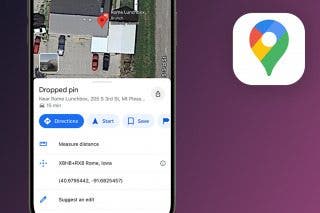
 Leanne Hays
Leanne Hays
 Ashleigh Page
Ashleigh Page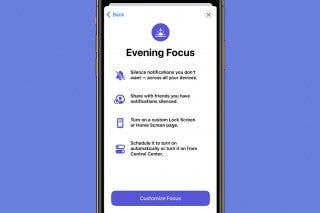
 Rhett Intriago
Rhett Intriago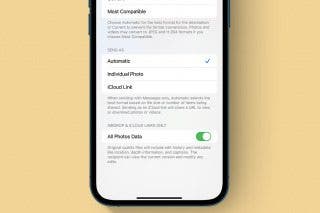
 Olena Kagui
Olena Kagui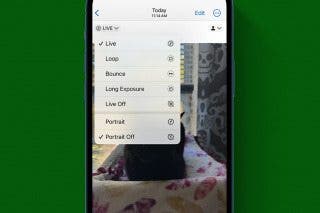

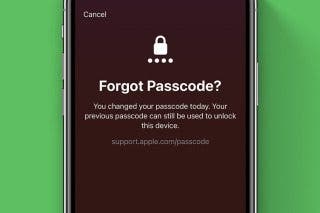
 Rachel Needell
Rachel Needell
